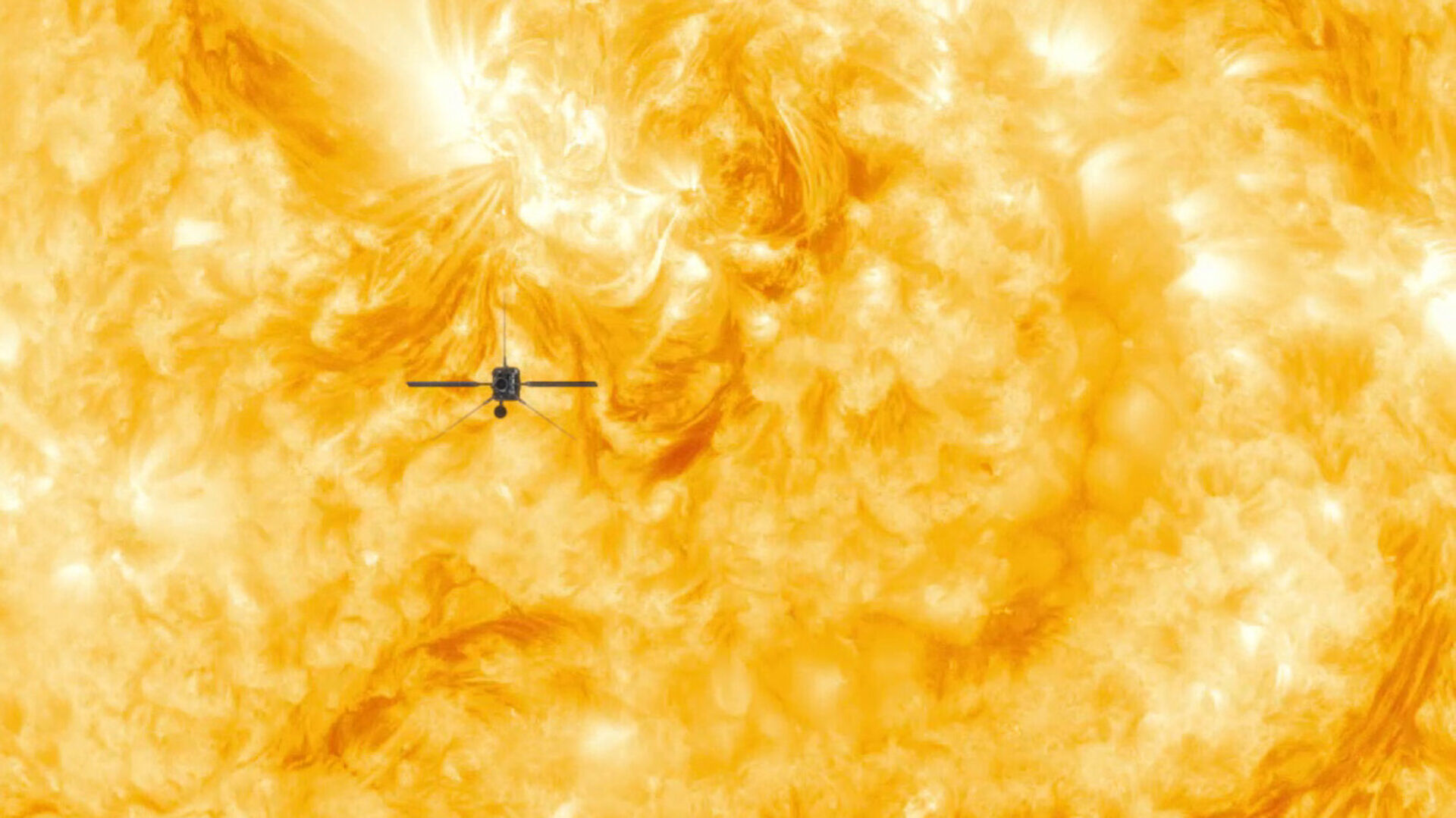
About the project
Launched in February 2020, Solar Orbiter will examine how the Sun creates and controls the heliosphere, the vast bubble of charged particles blown by the solar wind into the interstellar medium.
The science payload of Solar Orbiter comprises both remote-sensing and in situ instruments. The in situ instruments will operate continuously. During each orbit, the complete instrument suite will be operated around closest approach, and at the minimum and maximum heliographic latitudes – the segments of the orbit where Solar Orbiter will be farthest below and above the solar equator. Since the orbital characteristics will change in the course of the mission, individual orbits will be dedicated to specific science questions.
Objectives
The objectives of the Norwegian SPICE project are:
- Develop, document, and maintain a Virtual Machine (VM) hosting the pipeline environment
- Develop, document, and maintain the SPICE low latency data pipeline
- Develop, document, and maintain the SPICE normal data pipeline
- Produce and deliver formatted science data to the Solar Orbiter archive
- Develop, document, and maintain science-oriented quick-look and data analysis tools for SPICE
- Write data analysis user guide
- Establish and maintain a SPICE archive at UiO
- Participate in SPICE consortium meetings and in the planning of SPICE operations
Outcomes
The mission will provide close-up, high-latitude observations of the Sun. Solar Orbiter will have a highly elliptic orbit – between 1.2AU at aphelion and 0.28AU at perihelion. It will reach its operational orbit just under two years after launch by using gravity assist manoeuvres (GAMs) at Earth and Venus. Subsequent GAMs at Venus will increase its inclination to the solar equator over time, reaching up to 24° at the end of the nominal mission (approximately 7 years after launch) and up to 33° in the extended mission phase.
Being close to the Sun allows for observations of solar surface features and their connection to the heliosphere for much longer periods than from near-Earth vantage points. The view of the solar poles will help us to understand how dynamo processes generate the Sun's magnetic field.
Background
Experience from earlier projects (HRTS, SOHO/CDS, Hinode/EIS, and IRIS) has shown that participation in software projects dealing with downstream handling of science data is very beneficial for the scientific exploitation of data.
The work is performed at the Institute of Theoretical Astrophysics by its engineering staff, with project management by Prof. Carlsson and Head of Office Kristine Knudsen and technical leadership by Senior Engineer Stein Vidar Hagfors Haugan.
Financing
The European Space Agency (ESA)
Cooperation
Solar Orbiter is an ESA-led mission with strong NASA participation. There are ten instruments on board, eight of which are provided by Principal Investigators through national funding by ESA Member States. A European-led consortium supported by national funding and ESA contributions provided one complete instrument (SPICE), whilst the remaining instrument and an additional sensor are provided by NASA.
Time frame
2016-2023
